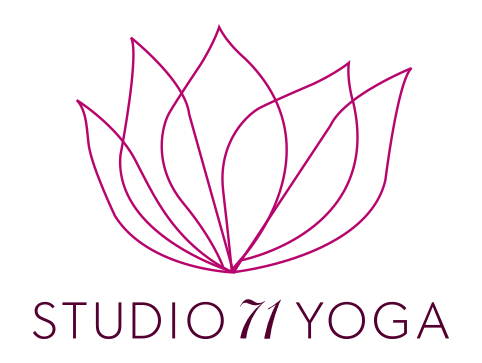Have you ever wondered why you are here? What is life all about?
Do you ever ask, “Who am I? What is my purpose?”
Does your life have meaning?
Our lives are full of queries.
Endless soul-searching questions are not unusual.
They have been asked throughout history by philosophers, theologians, spiritualists, psychologists, monks, renunciates, countless others, and ordinary people like you and me.
Fear of the unknown, not knowing the answers to life’s most difficult questions, can be disturbing and unsettling.
In his attempt to deal with existential angst—a feeling of loss, that your existence is without purpose and that life has abandoned you—French playwright, novelist, political activist, and philosopher Jean-Paul Sartre devoted much of his life to the achievement of a meaningful existence.
He did this through developing inner resources, the creative exercise of freedom, and overcoming denial and self-deception.
Some consider Sartre one of the first ‘self-help’ authorities based partly on his assertion that we cannot avoid responsibility for our destiny.
“What is not possible is not to choose. I can always choose, but I must know that if I do not choose, that is still a choice.”
It is said that beating within your heart, the forces of destiny are ever-present.
Have you ever wondered how you can shape your destiny?
Actualizing your destiny begins with formulating your life mission, your innermost heartfelt desire, and finding your purpose, your reason for being.
“You are what your deep, driving desire is.
As your desire is, so is your will.
As your will is, so is your deed.
As your deed is, so is your destiny.”
If the topics of destiny and life purpose interest you, join me for my next event—Seek, Reflect, Restore.
This live, virtual workshop will include breathing practice, meditation, reflection, journaling, somatic yoga, and restorative yoga.
Together we’ll explore stillness and contentment within as you uncover your heart’s deepest desire, your life mission, and more.
When: Sunday, Nov 20, 2022 @ 1:00-3:30 pm (Central Time)
Where: Live via Zoom
Investment: $37
Registration Deadline: Sunday, Nov 13, 2022
Cancellation Policy: Full refunds up to 3 days before the event. No refunds will be given after that time.
What You’ll Need: Besides a yoga mat, a journal/notebook, and a pen/pencil, below are the things you may want to have nearby to make this experience more enjoyable. Dress comfortably.
- Bolster or pillow
- Eye cover (facecloth or eye pillow)
- Warm, fuzzy socks
- Soft, warm blanket (plus 2-3 firm blankets)
It is my heartfelt desire to be of service to you.
You can CHOOSE to join me.
SEEK, REFLECT, RESTORE
COMPLETE THE FORM BELOW TO REGISTER
With joy and gratitude,
Jeannine









